Written by Rebecca Hirsh, illustrated by Mia Posada, published by Millbrook Picture Books
Plants Can’t Sit Still is a fascinating and poetic exploration of the many ways plants move, grow, and respond to their environment. Through engaging text and vivid illustrations, the book challenges the common perception that plants are motionless, showcasing how they creep, climb, curl, and reach toward the sun. It helps young readers observe and understand the external features of plants and how they help them survive (AC9SFU01 – Foundation Year, Science). The book also supports learning about how plants, like other living things, have basic needs, such as water, sunshine, and room to grow (AC9S1U01 – Year 1, Science). With its dynamic storytelling and rich scientific concepts, Plants Can’t Sit Still encourages curiosity about the natural world and inspires children to observe plants in action.



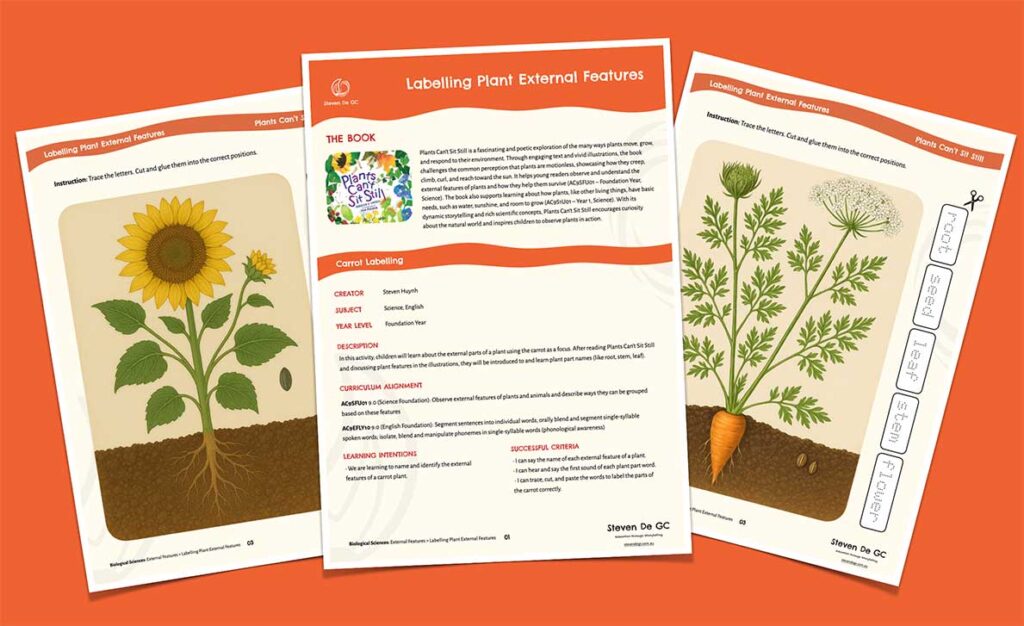

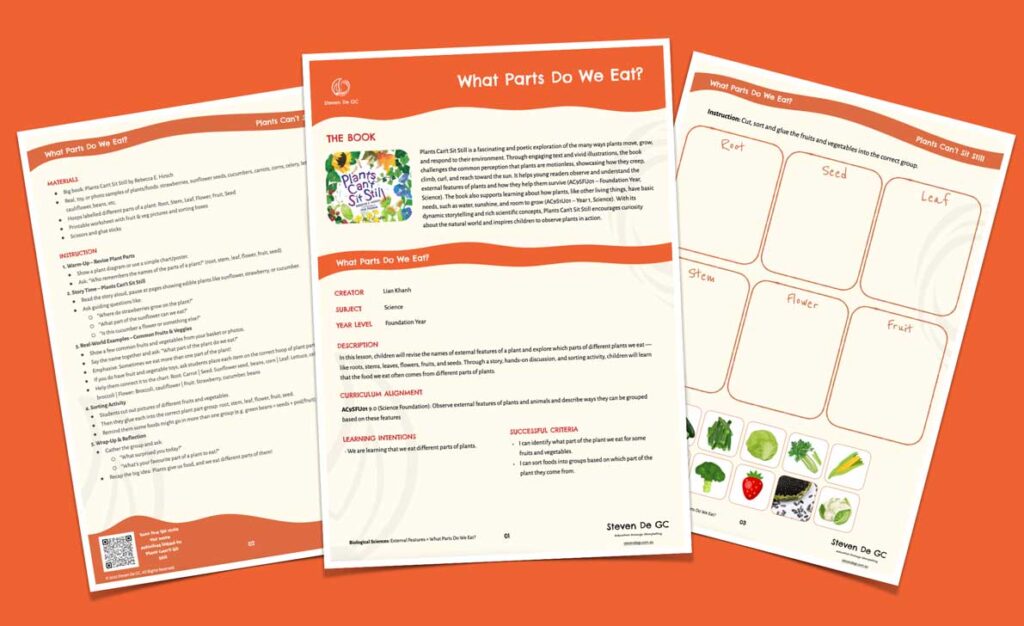
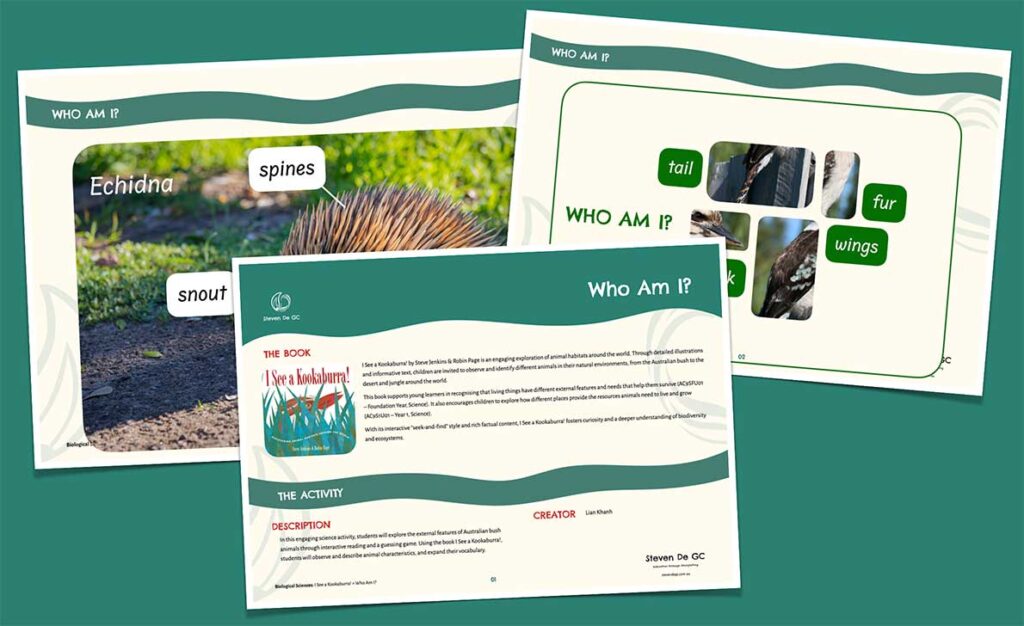


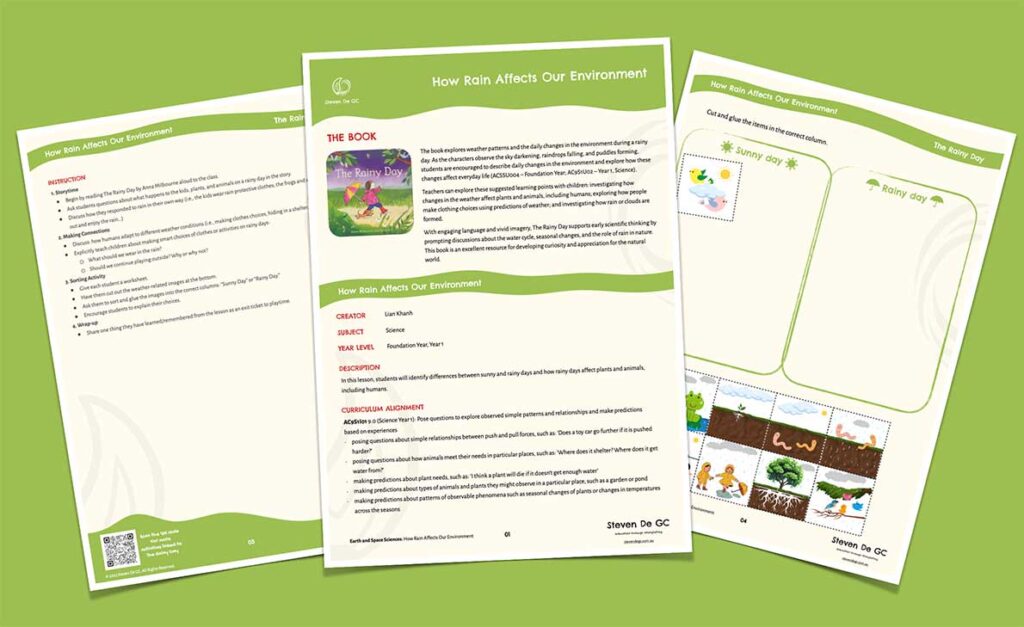

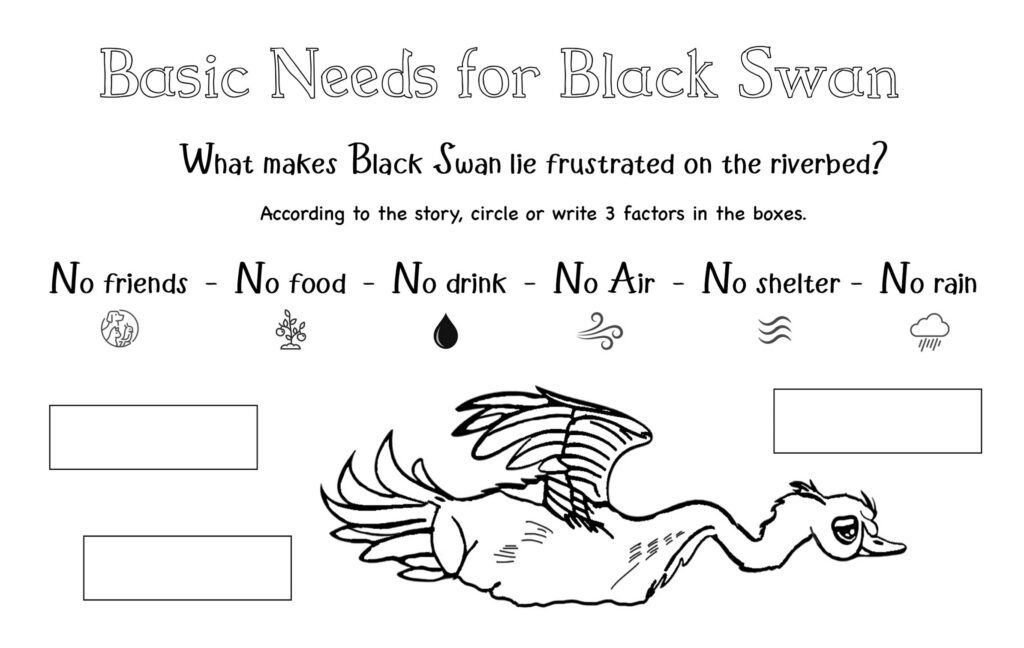
Leave a Reply